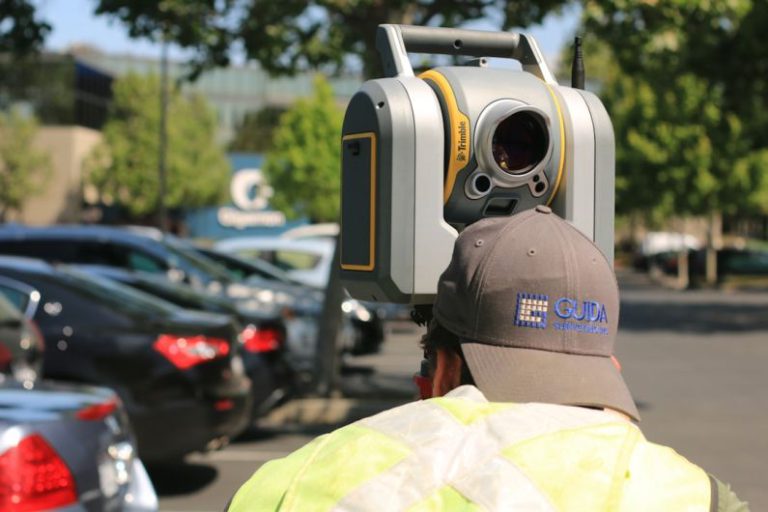Robotics and Automation Takeover in Retread Manufacturing
The retread manufacturing industry is currently experiencing a significant transformation with the increasing integration of robotics and automation technologies. This revolution is reshaping the way retread tires are produced, offering numerous benefits such as improved efficiency, enhanced quality control, and reduced labor costs. As the demand for sustainable and cost-effective solutions grows, retread manufacturers are turning to robotics and automation to streamline their operations and stay competitive in the market.
Enhanced Efficiency through Robotics
Robotic systems have revolutionized the retread manufacturing process by automating repetitive tasks that were previously performed manually. From inspecting worn tires to applying new treads, robots can handle various stages of production with precision and speed. This automation not only accelerates the manufacturing process but also minimizes the risk of errors, ensuring consistent quality across all retreaded tires.
Robotic arms equipped with advanced sensors and cameras can quickly analyze tire conditions, identifying areas that need repair or retreading. This level of accuracy is crucial in ensuring that each tire meets the required safety standards before being released back into the market. By leveraging robotics for tire inspection and preparation, retread manufacturers can significantly reduce turnaround times and increase their production capacity.
Quality Control and Consistency
One of the key advantages of integrating robotics and automation in retread manufacturing is the improvement in quality control and consistency. Machines are capable of performing tasks with a high degree of accuracy, eliminating the inconsistencies that can arise from human error. This ensures that every retreaded tire meets the specified standards and performs as expected once back on the road.
Automated systems can also collect and analyze data throughout the production process, providing valuable insights that can be used to optimize operations further. By monitoring key performance indicators in real-time, manufacturers can identify areas for improvement and make informed decisions to enhance overall efficiency and product quality. This data-driven approach allows retread manufacturers to continuously refine their processes and stay ahead of the competition.
Cost Savings and Sustainability
In addition to efficiency and quality benefits, robotics and automation offer significant cost savings for retread manufacturers. By automating labor-intensive tasks, companies can reduce their reliance on manual labor and minimize the associated costs. While the initial investment in robotics technology may be substantial, the long-term savings in labor expenses and increased productivity outweigh the upfront costs.
Furthermore, the use of robotics in retread manufacturing contributes to sustainability efforts within the industry. By extending the life of tires through retreading, manufacturers help reduce the demand for new tires, ultimately conserving valuable resources and reducing environmental impact. Automation plays a crucial role in making the retread process more efficient and environmentally friendly, aligning with the growing trend towards sustainable manufacturing practices.
Future Outlook and Innovation
As robotics and automation continue to revolutionize retread manufacturing, the industry is poised for further advancements and innovation. Manufacturers are exploring new technologies such as artificial intelligence and machine learning to enhance production processes and drive continuous improvement. These cutting-edge solutions enable predictive maintenance, intelligent decision-making, and adaptive manufacturing capabilities, setting the stage for a more agile and responsive industry.
The integration of robotics and automation in retread manufacturing represents a significant step towards a more efficient, cost-effective, and sustainable future for the industry. By embracing these technologies, manufacturers can streamline their operations, improve product quality, and position themselves for long-term success in a rapidly evolving market. The era of robotics and automation takeover in retread manufacturing is here to stay, shaping the industry’s landscape and driving innovation across the board.






